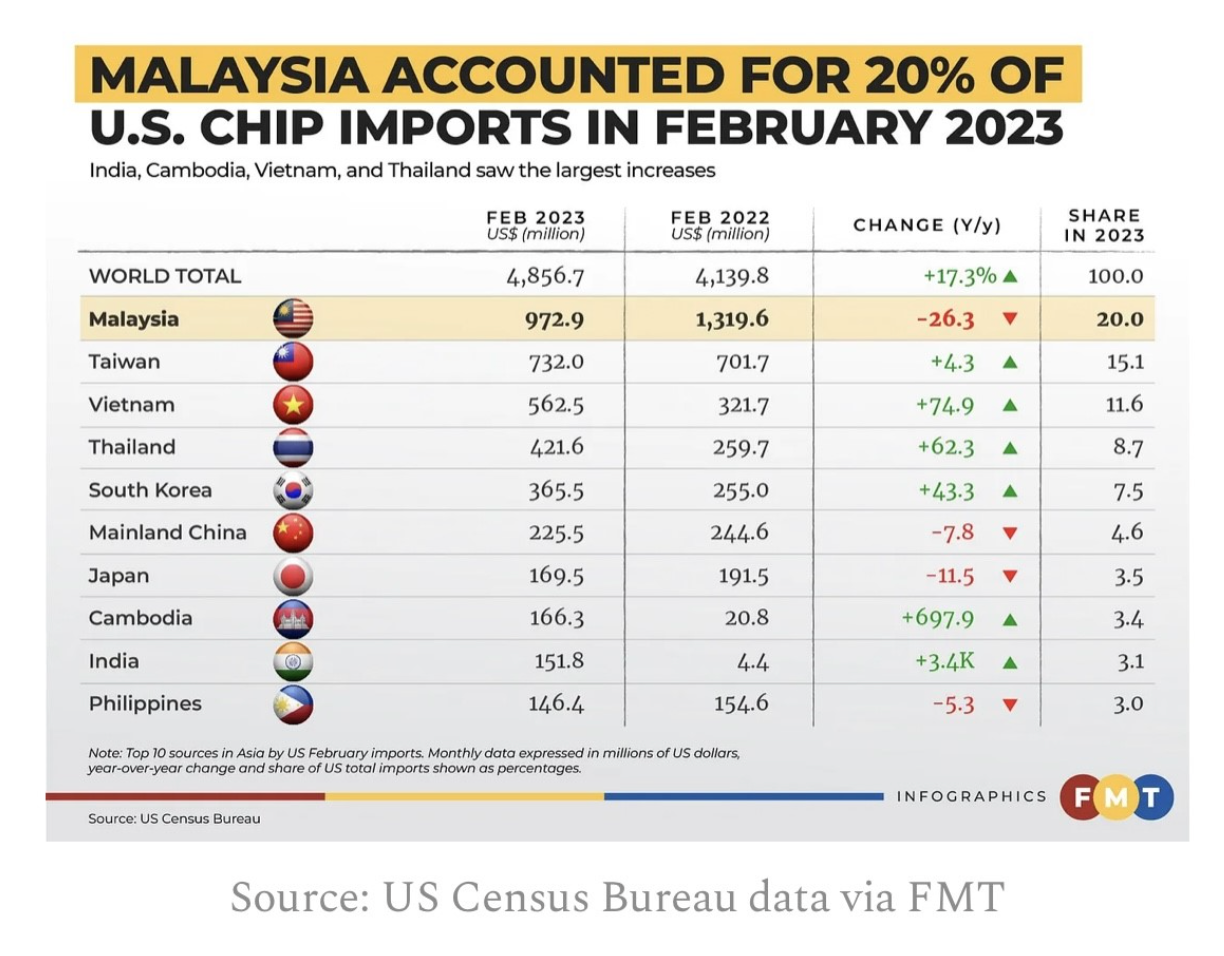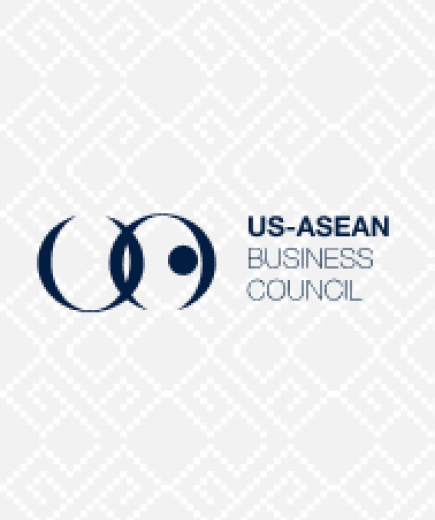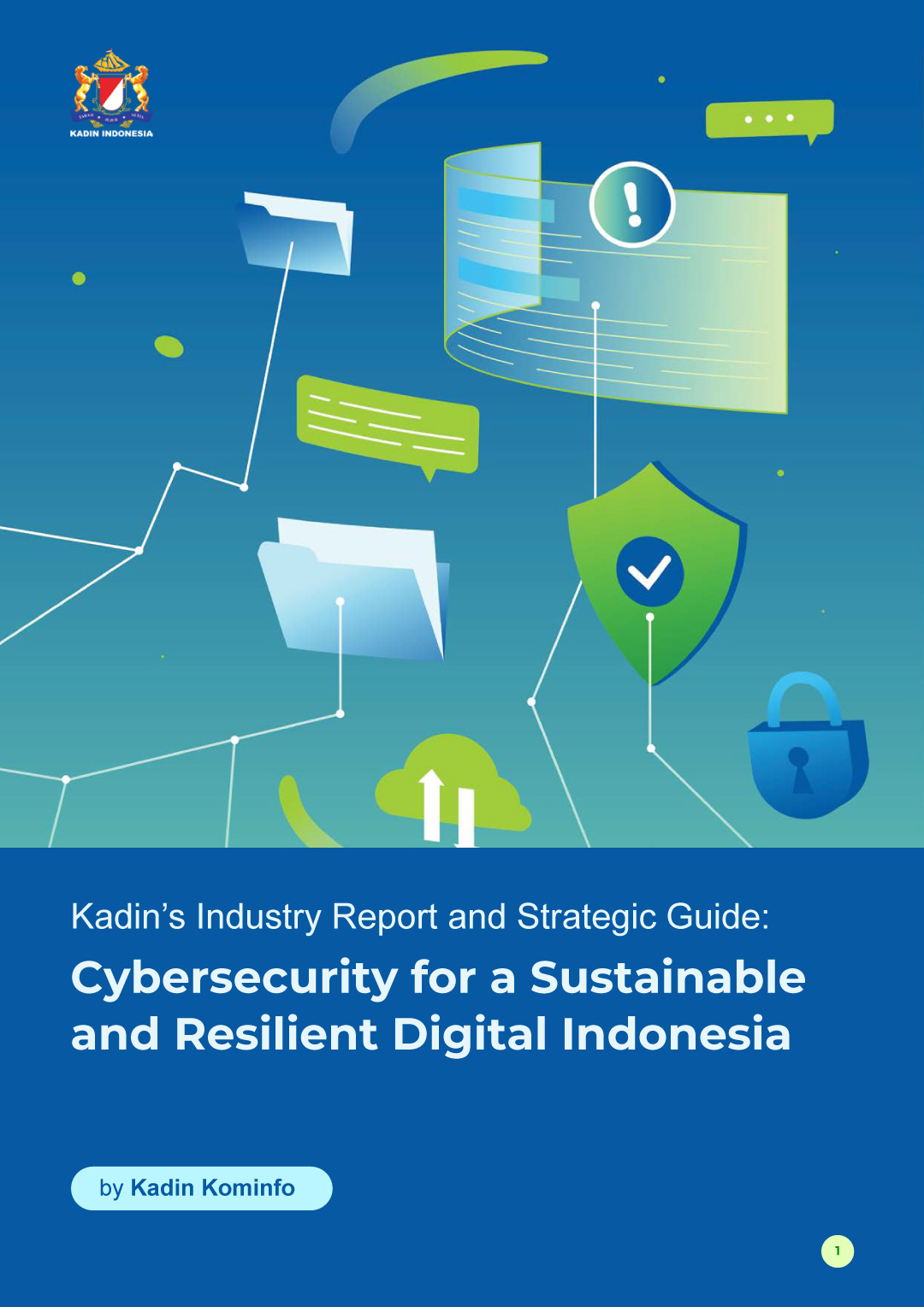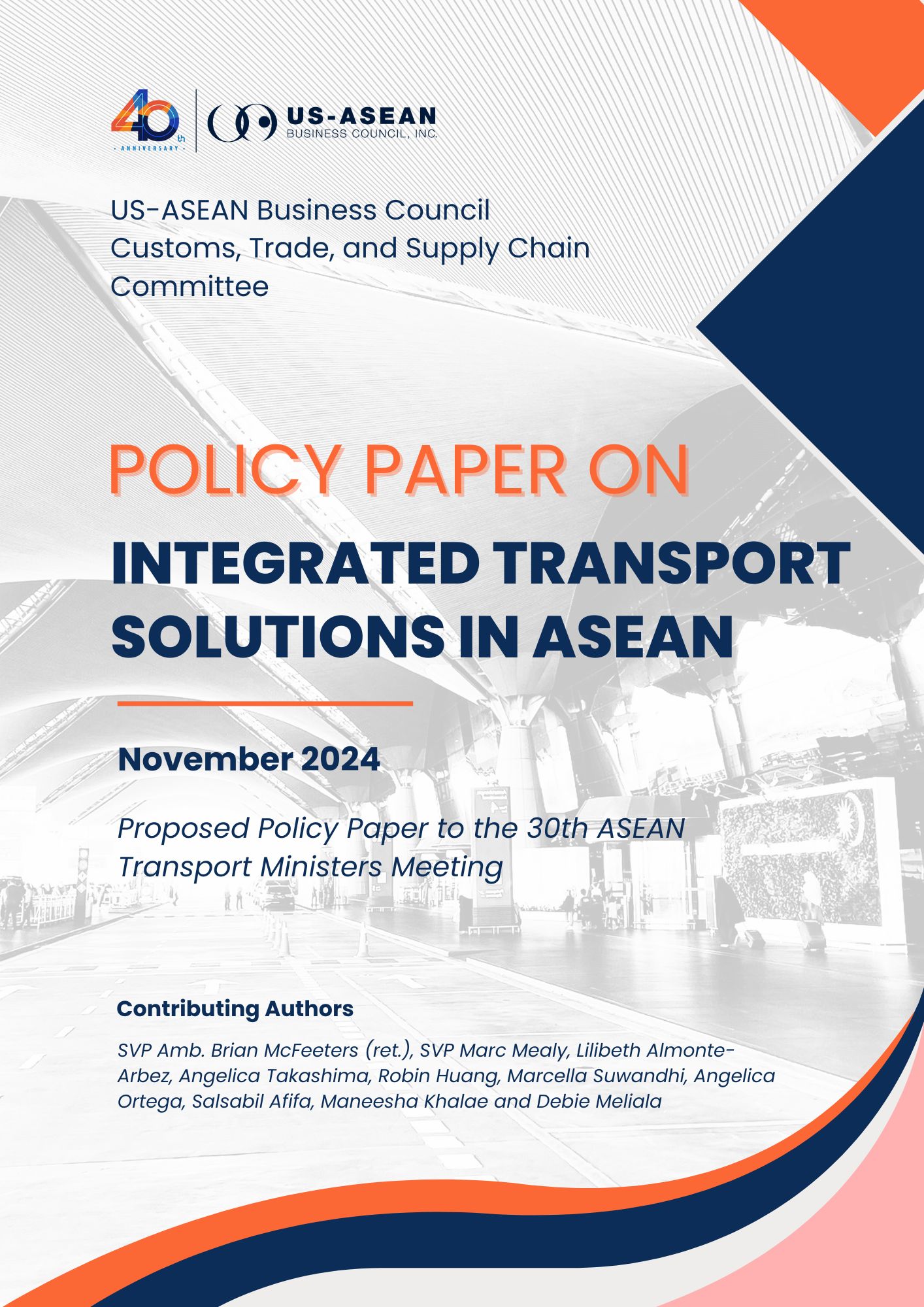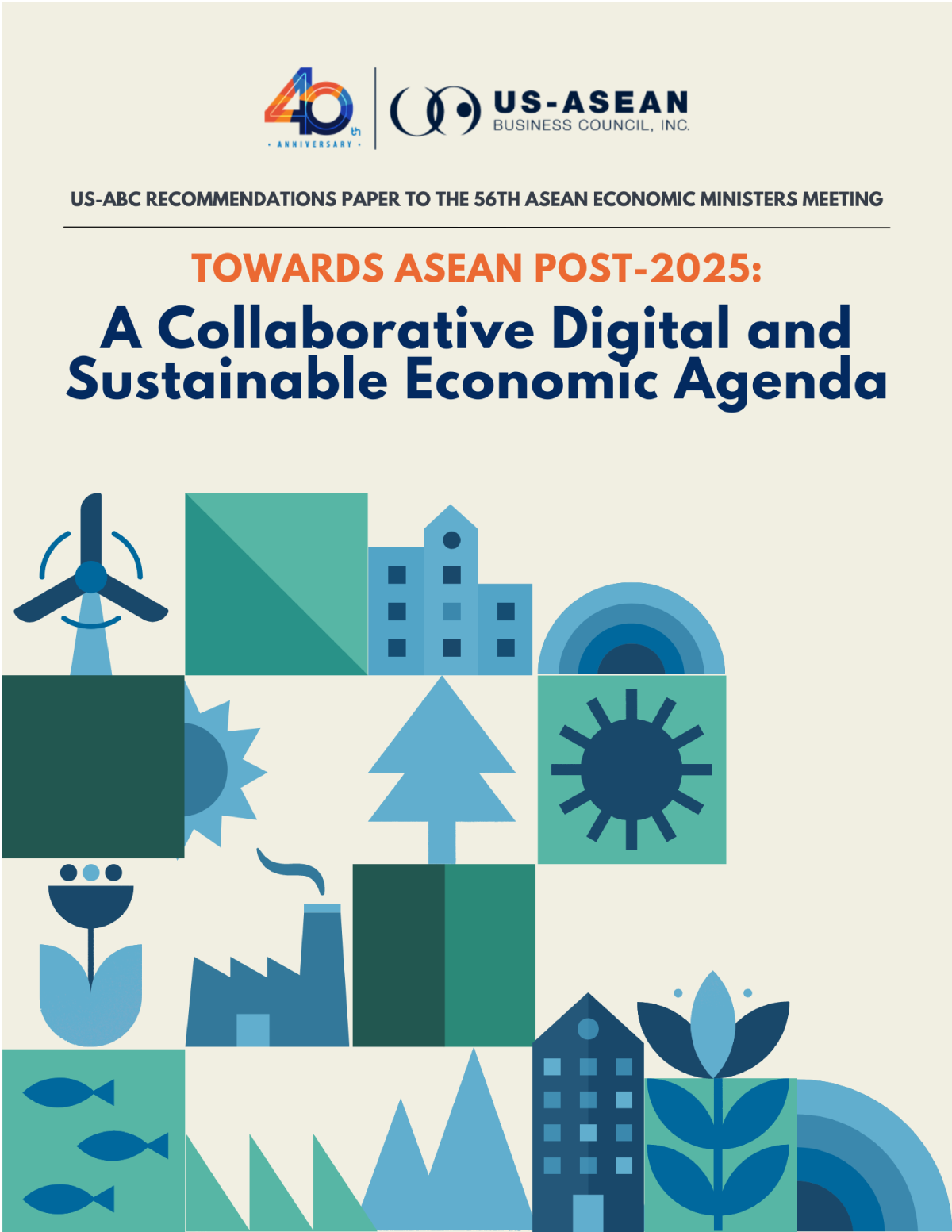Effect of U.S. Chip Diversification on Southeast Asia

Chip production in Southeast Asia has grown exponentially as chip manufacturers have shifted production to facilities located outside of China. With growing concerns in the U.S. about potential overreliance on a small number of countries for advanced chipmaking, Southeast Asian countries have begun to make a growing percentage of U.S. chip imports. In October 2022, the U.S. Commerce Department’s Bureau of Industry and Security (BIS) issued new export controls, restricting China’s ability to manufacture advanced semiconductors and obtain advanced computing chips. Prior to the new export controls, there were significant supply chain disruptions that led to chip shortages, partially due to Covid-related lockdowns and a surge in consumer demand for electronics during the pandemic.
According to U.S. Census data, U.S. chip imports increased by 17 percent from February 2022 to February 2023, with Asia accounting for 83 percent of US chip imports. During this period, Cambodia, Thailand, and Vietnam saw some of the largest growth in U.S. chip exports, experiencing 698 percent, 62.3 percent, and 74.9 percent growth respectively. In February 2023, Malaysia accounted for 20 percent of U.S. chip imports, followed by Taiwan (15.1 percent), Vietnam (11.6 percent), and Thailand (8.7 percent). Cambodia (3.1 percent) and the Philippines (3.0 percent) also accounted for a significant percentage of U.S. chip imports.
According to the Asian Development Bank (ADB), Asia’s semiconductor market is expected to experience a downturn in mid-2023 as consumer demand for electronics slows after pandemic-related spikes in demand. However, in the long term, ADB expects the semiconductor market to experience more consistent growth in demand due to growing demand for chip-intensive products and services, such as electric vehicles and next-generation wireless communication. As supply chains for semiconductor manufacturing continue to evolve and adapt to changing economic and political dynamics, Southeast Asian countries are poised to play an increasingly crucial role in this sector.
